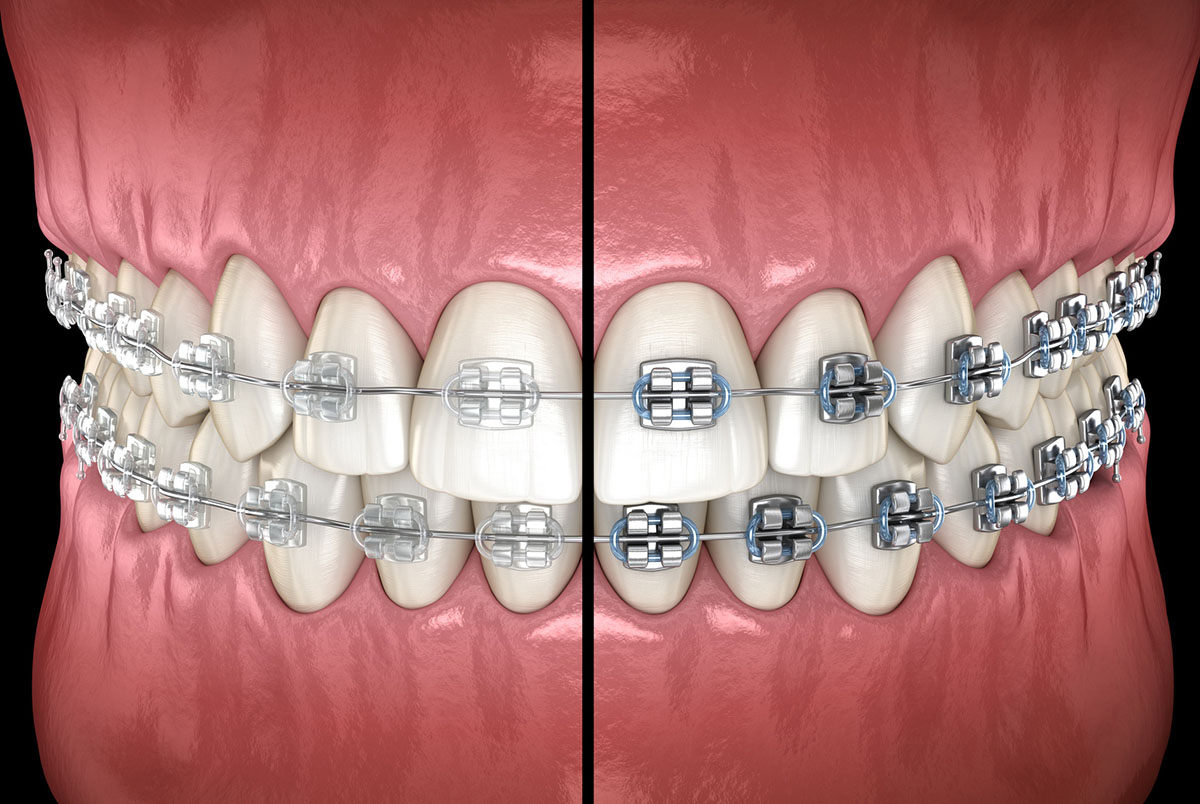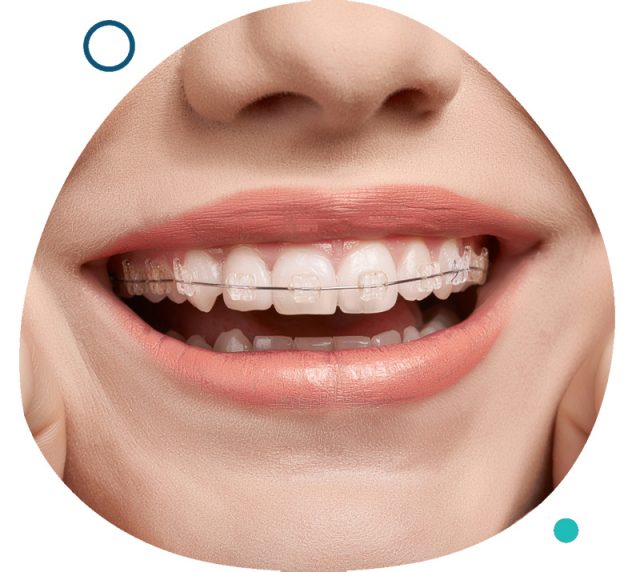Braces
Braces
Dental braces are orthodontic devices used to correct misalignments and irregularities in teeth. Comprising brackets, wires, and bands, braces work by applying continuous pressure on the teeth, gradually guiding them into proper alignment. Braces are commonly used to address issues such as crooked teeth, overcrowding, overbites, underbites, and other malocclusions.
The brackets, usually made of metal or ceramic, are attached to the teeth, and wires are threaded through them. Periodic adjustments are made by orthodontists to tighten the wires, exerting pressure on the teeth and encouraging them to move into the desired positions. Braces can be customized based on individual needs, and advancements in orthodontic technology have introduced options like clear aligners for a more discreet treatment.

The duration of braces treatment varies, but it typically lasts for a few months to a few years. Regular dental check-ups during this period are crucial to monitor progress and make necessary adjustments. After the braces are removed, patients often wear retainers to maintain the corrected alignment of their teeth. Overall, braces play a vital role in enhancing oral health and achieving a straighter, more functional smile.
Metal Braces
Ceramic braces are a popular orthodontic option designed to address dental misalignments with a more aesthetically pleasing appearance. Similar in function to traditional metal braces, ceramic braces use clear or tooth-colored brackets and, in some cases, clear wires to blend in with the natural color of teeth. This design makes them less conspicuous than metal braces, offering a more discreet orthodontic solution.
Ceramic braces work by applying controlled pressure to the teeth, gradually moving them into the desired alignment. They are particularly favored by individuals who seek a less noticeable alternative to traditional braces. While ceramic braces provide a cosmetic advantage, they may require slightly more attention to oral hygiene to prevent staining of the ceramic components. Despite this, many patients find the benefits of a subtler appearance during treatment outweigh this consideration, making ceramic braces a popular choice for those seeking effective and inconspicuous orthodontic correction.


Ceramic Braces
Ceramic braces are a popular orthodontic option designed to address dental misalignments with a more aesthetically pleasing appearance. Similar in function to traditional metal braces, ceramic braces use clear or tooth-colored brackets and, in some cases, clear wires to blend in with the natural color of teeth. This design makes them less conspicuous than metal braces, offering a more discreet orthodontic solution.
Ceramic braces work by applying controlled pressure to the teeth, gradually moving them into the desired alignment. They are particularly favored by individuals who seek a less noticeable alternative to traditional braces. While ceramic braces provide a cosmetic advantage, they may require slightly more attention to oral hygiene to prevent staining of the ceramic components. Despite this, many patients find the benefits of a subtler appearance during treatment outweigh this consideration, making ceramic braces a popular choice for those seeking effective and inconspicuous orthodontic correction.

With access to
24 Hour
Emergency
Assistance
A small river named Duden flows by their place and supplies it with the necessary regavelialia. It is a paradise.


